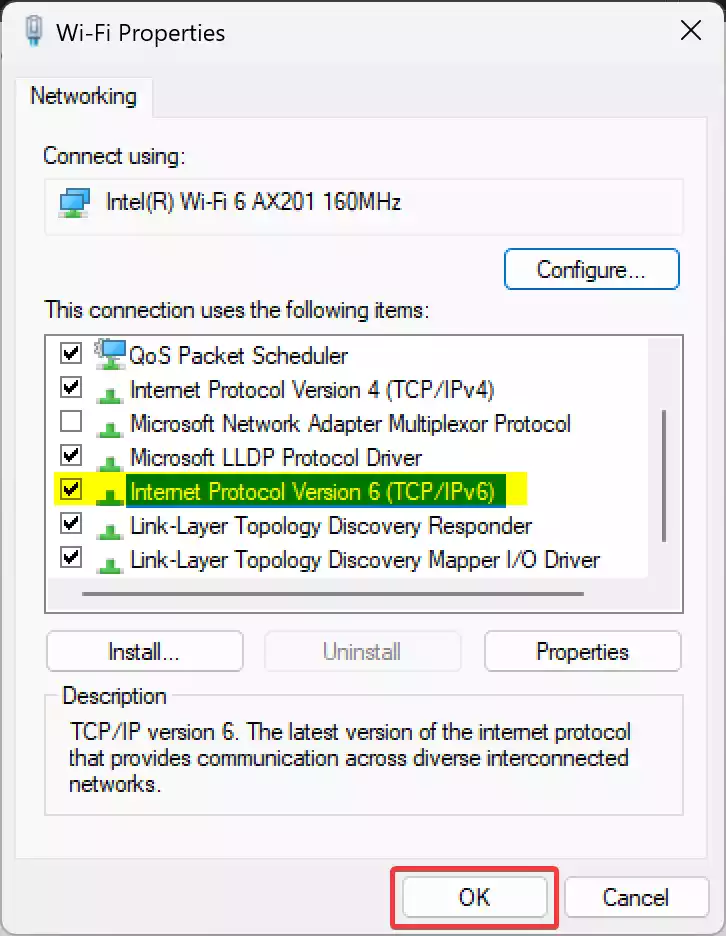In the ever-expanding digital landscape, the Internet has become an integral part of our lives. Behind the scenes, a crucial component enables devices to communicate with each other: Internet Protocol (IP). You may have heard the terms IPv4 and IPv6, but what exactly are they, and what sets them apart? Let’s explore the key differences between IPv4 and IPv6 in this user-friendly article.

What are IPv4 and IPv6?
IPv4 (Internet Protocol version 4): IPv4 is the fourth version of the Internet Protocol and has been the dominant protocol for decades. It uses a 32-bit address, represented in four sets of numbers (e.g., 192.168.1.1), providing approximately 4.3 billion unique IP addresses. Due to the exponential growth of internet-connected devices, the exhaustion of available IPv4 addresses became a pressing concern.
IPv6 (Internet Protocol version 6): IPv6 is the latest version of the Internet Protocol, designed to overcome the limitations of IPv4. It uses a 128-bit address format, represented in eight sets of hexadecimal digits (e.g., 2001:0db8:85a3:0000:0000:8a2e:0370:7334), offering an astronomical number of unique addresses (about 340 undecillion) to cater to the ever-increasing number of devices connecting to the internet.
Address Format
The most noticeable difference between IPv4 and IPv6 lies in their address formats. IPv4 addresses use a dot-decimal notation, comprising four sets of numbers ranging from 0 to 255 (e.g., 192.168.1.1). Conversely, IPv6 addresses use a colon-hexadecimal notation, made up of eight sets of four hexadecimal digits (e.g., 2001:0db8:85a3:0000:0000:8a2e:0370:7334).
Address Space
As mentioned earlier, the primary reason for the shift to IPv6 was the depletion of available IPv4 addresses. With only 4.3 billion IPv4 addresses, the explosive growth of internet-connected devices left little room for further expansion. IPv6, with its colossal address space, solves this problem and ensures that we will have enough addresses for all conceivable devices well into the future.
Security
IPv6 brings inherent improvements in security over IPv4. While IPv4 relies heavily on additional protocols and services (e.g., IPSec) to provide secure communication, IPv6 includes IPsec as a mandatory part of its protocol suite. This built-in encryption and authentication enhance data privacy and protect against various network-based attacks.
Network Configuration
IPv4 addresses are typically assigned through manual configuration or by using DHCP (Dynamic Host Configuration Protocol). This process can sometimes lead to conflicts or configuration errors. On the other hand, IPv6 supports stateless address autoconfiguration, which allows devices to obtain an IP address automatically and reduces the need for centralized network management.
Performance and Efficiency
IPv6 introduces more efficient routing and streamlined packet processing, leading to better performance compared to IPv4, especially in large-scale networks. Additionally, IPv6 reduces the size of routing tables, which helps in faster forwarding of data packets through the network.
Backward Compatibility
IPv4 and IPv6 are not directly compatible due to their different address formats. However, a mechanism called “dual-stack” allows devices to support both protocols simultaneously. This transitional approach ensures that devices can communicate with systems using either IPv4 or IPv6.
Adoption Challenges
Despite the numerous benefits of IPv6, its widespread adoption faced challenges due to the prevalence of IPv4 infrastructure, legacy systems, and the cost of transitioning to IPv6. However, with the continued growth of the internet and the increasing number of connected devices, IPv6 adoption has become essential for ensuring the sustainability of the digital ecosystem.
Conclusion
In conclusion, the transition from IPv4 to IPv6 represents a significant step forward in the evolution of the Internet. IPv6’s vast address space, improved security, and enhanced performance make it a crucial technology to support the growing demand for connected devices. As the world continues to evolve in the digital age, understanding the differences between IPv4 and IPv6 becomes increasingly important for both users and network administrators.
